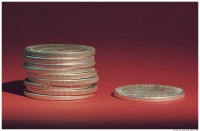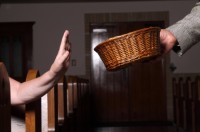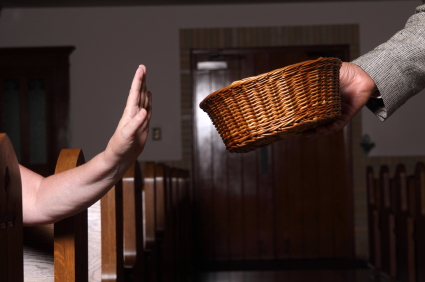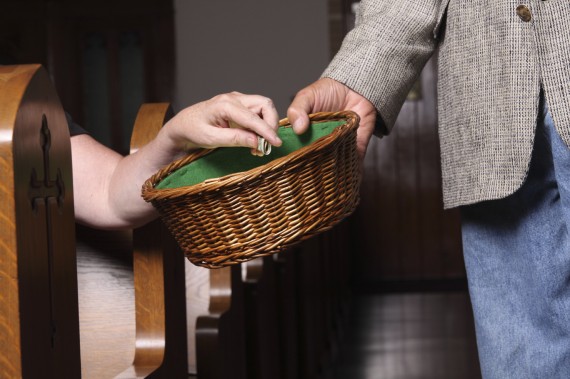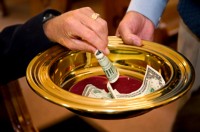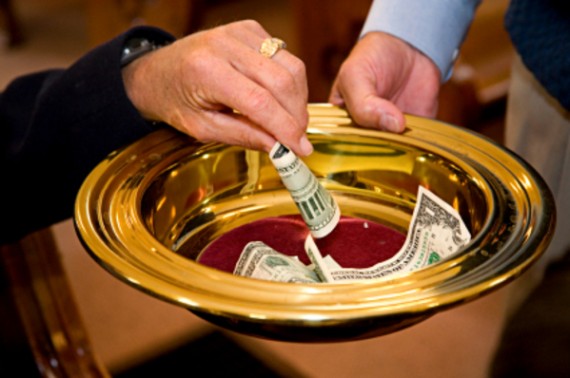
Under the Client-Patron system of church finances, the church buildings and most of the clergy were funded by the national and local governments. For the most part, this was the only way that churches and clergy received funding for the first 800 years of the church.
The Tithing Tax
But in the ninth century, as the expense of financing all these churches and clergy became enormous, some local governments began to excise additional taxes on the people, which went to help cover the costs of maintaining the church buildings and clergy.
The Mosaic Law about the tithe was used to justify this additional tax. The explanation given to the people by the church and government authorities was that God instituted a ten percent tax on the people of Israel to support the Levitical Priesthood and the construction of the tabernacle and temple. This is not exactly true (as we will see below), but it is the explanation that was given when the government added a 10% tax on people to cover the costs of local church buildings and clergy.
The Parish System
However, this practice was not widespread until the late eighth century AD, when Emperor Charlemagne developed the parish system for the church. He wanted to control what the churches were teaching, and who the bishops and priests were in a particular church. So with the help of various church leaders, he developed the parish system, and exponentially increased the number of archbishops to oversee these various parishes. They were given the task, in coordination with the local political rulers, of hiring and paying clergy to oversee all the people in a particular parish.


